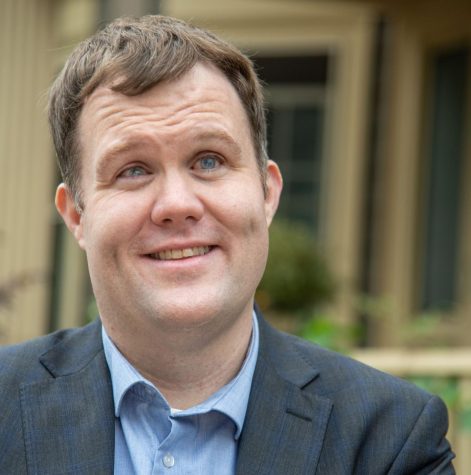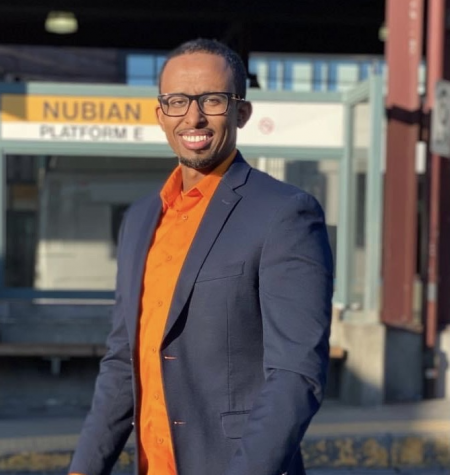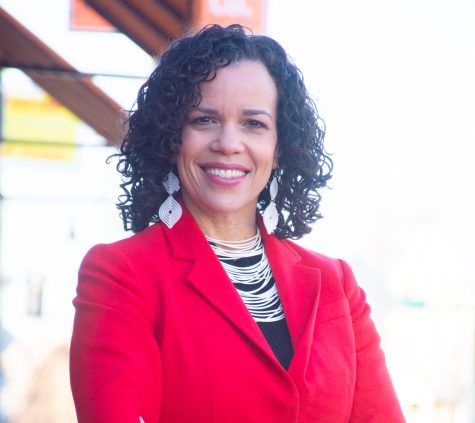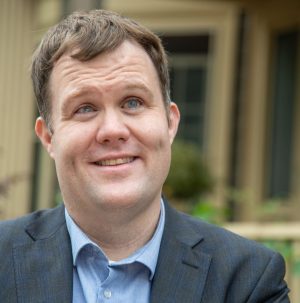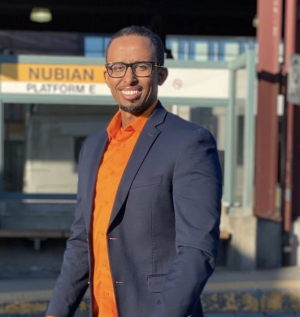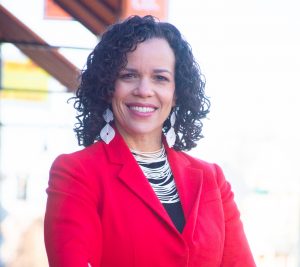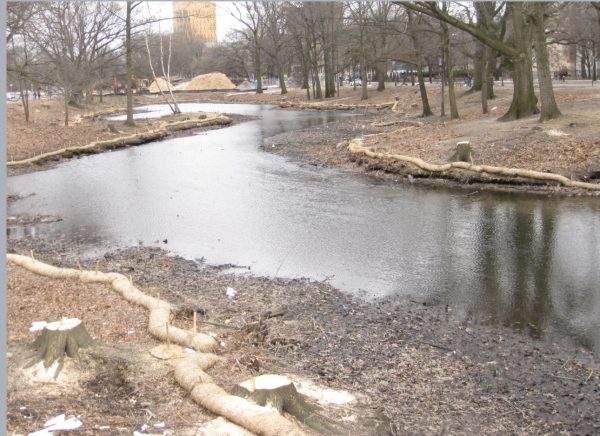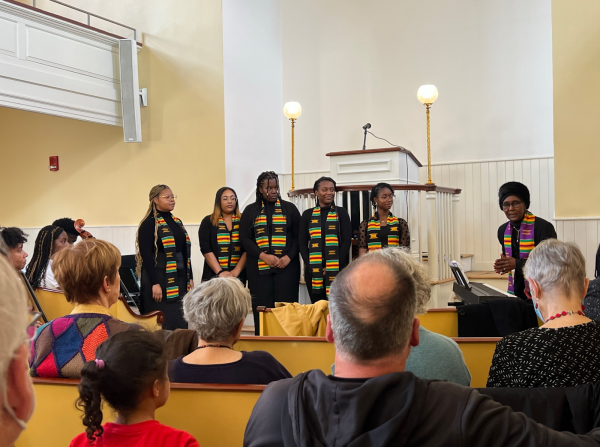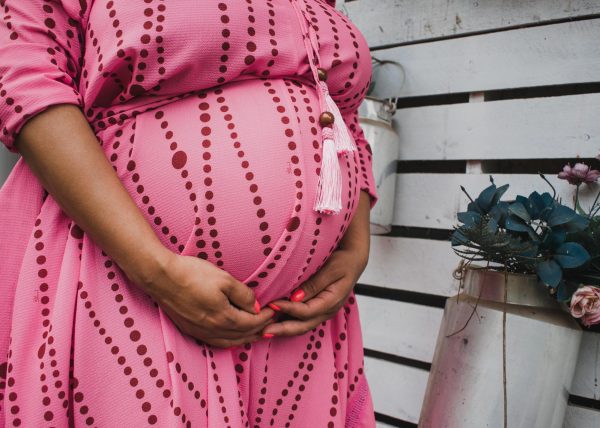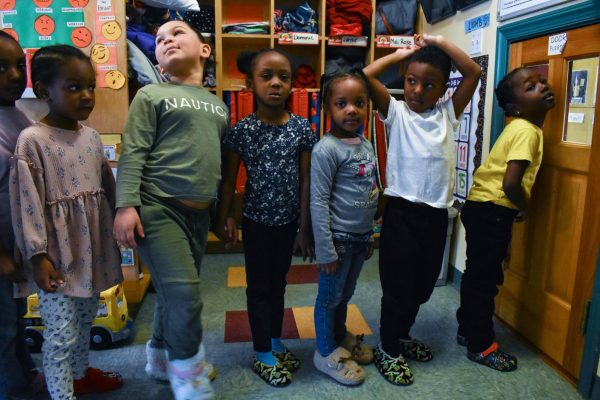The first generation to grow up with HPV vaccine reaches adulthood
The US grapples with low immunization and less than optimal cancer rates
Madeline Olsen was a freshman in high school when Gardasil, the first FDA-approved HPV vaccine, was introduced to the public in 2006.
In fact, Olsen attended boarding school with the children of George Merck – the heir of Gardasil manufacturing giant Merck. Olsen remembers hearing about the new vaccine in school and seeing commercials on TV. But she didn’t receive the vaccine until well into her 20s, when an abnormal health test made her realize she was at risk for a number of preventable cancers.
Now a communications and events professional living in Boston, Olsen recalled her mother having doubts about giving a vaccine for a sexually transmitted infection to a young teen. And as a minor, Olsen herself didn’t understand why she would need it.
“I think there was a hesitancy,” she said, “one, because of my age and the fact I was not sexually active at the time. And two, just because it was so new.”
Like many in her generation, Olsen opted out of the two-dose shot typically administered to 11 and 12-year-olds, back when the vaccine was newly launched for young girls. Despite its efficacy, the HPV vaccine has one of the lowest immunization records of recommended vaccines in the U.S.
Experts agree several critical reasons render the HPV vaccine unique when compared to general vaccine hesitancy: stigma, lack of education and the fact that the HPV vaccine is not required for school entry leave the vaccine with an especially poor track record. Safety concerns coupled with parental hesitancy to discuss sex with their pre-teen children translate into a mere 59% of American adolescents who are up to date on the immunizations required to protect against HPV.
“Getting the vaccine doesn’t imply your child is sexually active currently or will be in the immediate future,” said Kayoll Gyan, an RN and assistant professor at Northeastern University’s School of Nursing who researches social and cultural barriers to HPV vaccination. “When the day does come, it’s a way of protecting against an STI, but more importantly, preventing cancer.”
Human papillomavirus, or HPV, is the most prominent sexually transmitted disease. There are over 100 strains of HPV, and although most infections are asymptomatic, the vaccine provides robust protection against the nine high-risk strains responsible for genital warts and cancers found in both sexes, including about 90% of cervical cancers. By declining the inoculation, parents risk leaving their child vulnerable to serious health consequences later in life.
Now, the people in Olsen’s generation are entering their late 20s and early 30s, the age when many cancers are first detected. While other countries have nearly eliminated cervical cancer, the U.S. is not seeing this trend due to a far lower immunization rate.
England first implemented the national HPV immunization program in 2008, where students were offered both doses of the vaccines at school. Four years into the program, over 85% of adolescent females had already received at least one dose of the cancer-prevention vaccine.
Although too early to judge the long-term results of this wide-scale project, the impact on the prevalence of cervical cancer is promising. By 2021, England reduced the risk of developing cervical carcinoma by up to 97% when girls were vaccinated between the ages of 12 and 13.
Here, vaccination remains up to individual discretion, and Americans have proven less likely than their European counterparts to vaccinate against the cancer-causing virus. HPV vaccination also represents a “reverse disparity,” where the vaccination rate is higher among racial and ethnic minorities compared to their white counterparts, who may see the vaccine as optional rather than a requirement, explained Gyan.
Tara Smith, an epidemiologist whose research is rooted in science denial and vaccine hesitancy, noted that in America, “we still have this Puritan kind of spirit,” which, she added, “in some ways can be great – we want people to be self-reliant, we want people to do things for themselves.”
But, she continued, “it translates both into the fact that we’re hesitant to talk about things like sexual health, and also to this idea that you can know everything yourself” – the latter of which has spurred a move towards undervaluing experts and both of which make misinformation more easily spread.
The vaccine was initially tested out in women, and marketing was focused around cervical cancer, which is why so many studies reference cervical cancer, explained Katie Brigham, a pediatrician and adolescent gynecologist at Mass General, Boston. It later switched, was approved and recommended in all genders, “but somehow that just didn’t get into the public consciousness in the same way,” she said.
This means that many people remain unaware that HPV can actually cause several debilitating cancers in males, including penile, anal, head and neck cancers – all of which the health field doesn’t currently have comprehensive screening for.
That’s why, explained Jennifer Sienko, director of communications and public engagement at the National HPV Vaccination Roundtable in Chicago, “when they were setting up clinical trials for the vaccine, they used cervical cancer indicators as biomarkers for the trial.” And because there isn’t the same caliber of screening methods for the other cancers, the cancers HPV causes in males can be harder to catch and harder to treat, and therefore more dangerous.
However, a huge part of the problem is that the HPV vaccine is not required in U.S. schools. Right now, vaccine requirements for schools are based upon how easily a virus can spread with everyday contact, and while HPV is highly contagious, it isn’t easily spread in schools.
“The decision for school entry requirements around vaccines is made under a very narrow scope and is not indicative of public health need or priority,” said Sienko.
The lack of urgency around receiving the HPV vaccine is further perpetuated by focusing on how the virus is transmitted. “We encourage providers to lead with cancer prevention knowledge,” Sienko added, “because we don’t talk about transmission with any other viruses or preventable diseases. Most people don’t know how you get hepatitis.”
Taking the vaccine out of the hands of experts and leaving it up to individual discretion can cause a lot of turmoil and conflict in parents. And especially because the vaccine’s recommended age of administration coincides with other aspects of growing up, it can be a vulnerable time for everyone involved. It often feels like “an emotional decision for parents,” Brigham said.
“Here in the U.S., the burden is on the parents to decide to get the child vaccinated. That brings a lot of issues as to whether parents are in favor or trust the vaccine,” Gyan agreed. “There are often concerns whether the vaccine will cause unknown side effects or autism.”
According to the National Institute of Health, the percentage of parents who cited safety concerns for declining the HPV vaccine nearly doubled from 13% in 2015 to 23% in 2018. The growing parental distrust of the safety of Merck’s Gardasil 9, the only HPV vaccine used in the United States since 2016, can be partially attributed to several lawsuits filed after teens experienced adverse side effects in the months directly following their vaccination.
Although vaccines are generally safe, “there are outlier responses, and in this case, they were quite debilitating,” said Judy Norsigian, a co-founder of Our Bodies Ourselves, a nonprofit that has provided girls and women with extensive educational resources on health and sexuality for 50 years.
Healthcare workers need to understand where parental hesitation is coming from to address the issues at hand. In a world where social media can often be an echo chamber of one’s own beliefs, parents who don’t feel heard in the doctor’s office are susceptible to the sheer amount of health misinformation available online.
Every family is different, and there is no one infallible way to prevent HPV, but there are extensive resources available to parents and children from both educators and healthcare practitioners. Fostering a culture of open discussion between caregiver, child and expert is the first step toward intercepting the potentially detrimental effects of sexual activity. Norsigian suggests parents extend a vote of confidence to both their children and pediatricians.
One of the most vital roles pediatricians can play is in removing the vaccine from its associated stigma, which earlier intervention can help with. A growing body of evidence, Sienko remarked, shows that starting the conversation at age nine makes it much easier. “Nobody at age nine is even thinking in terms of sex, so it feels more like a routine, preventative vaccine rather than one that you give for the sake of sexual activity.”
“It’s a sensitive topic for parents, especially those influenced by religious or cultural beliefs where sex is taboo or not discussed,” added Gyan, who emphasized the need for practitioners to “meet the parent where they’re at” and have an empathetic understanding of their patients’ values.
As this first generation to grow up with the HPV vaccine reaches adulthood, experts agree: It’s a time for reckoning in America. There is a whole generation of people for whom this cancer-prevention measure would be hugely beneficial – even if it is later in life.
“Millions upon millions of people in the United States missed out on on-time vaccination,” remarked Heather Brandt, director of the St. Jude HPV Cancer Prevention Program in Tennessee, “and so there’s a huge catch-up population that can still benefit from vaccination.”
Olsen said her mother has since apologized to her for not having her vaccinated as a minor. But Olsen doesn’t believe it should be about blame but about opening the conversation to make room for everyone involved.
“I really don’t like the fear-mongering and blame towards parents. All parents want to protect their kids, so to suggest otherwise is just antagonistic.” Having seen how her mother could change her mind, Olsen said: “I think we should trust in the power of dialogue.”
Correction: A previous version of this article stated, "This means that many people remain unaware that the HPV vaccine can actually cause several debilitating cancers in males, including penile, anal, head and neck cancers....." This was an unintentional typo and incorrect. Without getting the HPV vaccine, males that contract HPV are subject to debilitation cancers, etc.



